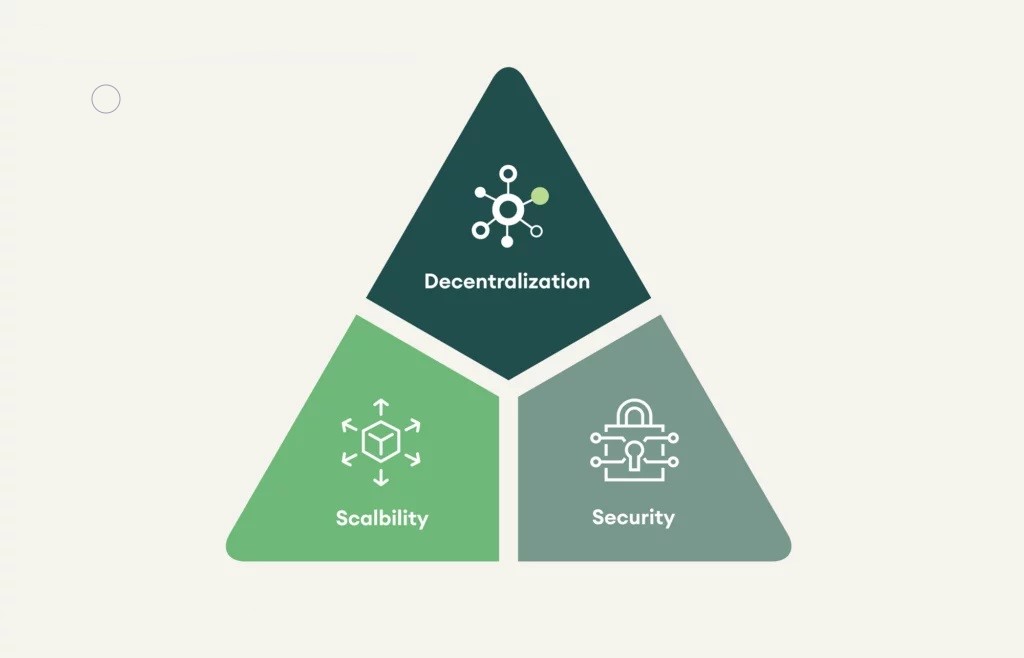It’s easy to think that there’s only one type of blockchain, however to many people’s surprise there are multiple variations of the technology. In this article I will briefly touch the most known ones.
Structural
1.Closed Circuit: Private Blockchain Networks. Private blockchains function within closed networks, made for specific businesses or organizations. Offering customizable accessibility and security parameters, these networks are managed by a singular authority, making them ideal for private enterprises seeking tight control over their blockchain operations. However, it’s not advisable for public usage, as the whole idea behind the public blockchains is to be decentralized.
2.Open to All: Public Blockchain Networks. Originating with Bitcoin and other cryptocurrencies, public blockchains operate on open networks, characterized with decentralization and transparency. Distributed ledger technology (DLT) underpins these networks, distributing data across peer-to-peer nodes (Computer network basically). Through algorithms like proof of stake (PoS) and proof of work (PoW), these networks verify the transactions and create new blocks.
3.Controlled Access: Permissioned Blockchain Networks: Hybrid in nature, permissioned blockchains blend the exclusivity of private networks with the accessibility of public ones. Authorized individuals enjoy special access privileges, ensuring a more structured and hierarchical approach to network participation and transaction authorization. These networks strike a balance between privacy and inclusivity, ideal for organizations seeking controlled yet collaborative blockchain environments.
4.Collaborative Endeavors: Consortium Blockchains. Consortium blockchains entail joint management by multiple organizations, combining public and private elements within a single network. While setup may initially be complex, these networks offer heightened security and facilitate collaboration among multiple entities. Consortium blockchains are good for collaboration and resource sharing.
5.Best of Both Worlds. Hybrid Blockchains: A fusion of public and private blockchain attributes, hybrid blockchains offer selective transparency and privacy. Certain blockchain segments are publicly accessible, while others remain restricted to authorized participants. This versatility makes hybrid blockchains well-suited for scenarios requiring a delicate balance between data transparency and confidentiality, such as supply chain management. Some say this is the most realistic way to create a secure yet functioning blockchain.
Additional
6.Parallel Realms: Sidechains. Operating alongside the main blockchain, sidechains provide additional functionality and scalability. Developers leverage sidechains to experiment with new features and applications, without compromising its integrity. These auxiliary chains facilitate decentralized application development and alleviate congestion on the main blockchain. This helps with scalability. So, essentially, this is a additional chain on top of existing blockchain.
7.Multilayered Structures: Blockchain Layers. Blockchain layers entail the construction of stacked blockchain networks, each with its own unique consensus mechanisms and functionalities. “Interoperability,” between layers facilitates smooth transaction processing, enhancing scalability and efficiency. For instance, the Lightning Network, a second-layer solution atop the Bitcoin blockchain, speeds up transactions by establishing payment channels between users.



